Calathea Rufibarba Tissue Plant
$4.53
Calathea Rufibarba Plant also known as Calathea rufa, is a shrub that can be found in the rainforests of Brazil. There it is called Calathea rufa and has been used as a cure for malaria, rheumatism, asthma, and stomach problems. Today it has also been used to treat acne and stomach problems.
Calathea Rufibarba Plant grows only in wet areas such as swamps and marshes. It can grow in tropical or subtropical climates but most often is found in areas with moderate humidity.
Because Calathea Rufibarba Plant grows best in wet, humid places it can be found growing along the edges of watercourses and in the coastal areas around Brazil. However, it will grow best where there is regular rainfall. The plant’s roots can easily penetrate underground watercourses if it is planted on top of an existing channel of drainage.
Out of stock
Calathea Rufibarba Plants Growing Tips And Benefits
- Calathea Rufibarba Plant can be grown in containers as a hedge or it can be grown on its own in an open garden. It needs moderate amounts of light and water to survive. In most cases, it is best not to plant it close to trees as they will shade the plants and prevent them from absorbing as much water.
- The Calathea Rufibarba Plant comes in two parts. The upper part is the root system and contains tiny roots that help to anchor the plant in place. The lower part is called the stem which grows upwards and produces new growth. The Calathea Rufibarba Plant plant’s leaves and flowers are located on the upper part of the plant.
- These leaves have a slightly bitter taste and can be used as a drink after they have been peeled off.
- The Calathea Rufibarba Plant should never be cut down if it is not infested with mites and can be destroyed by being exposed to light or heat. If you have mites in your home or your workplace then you should use insecticides to get rid of them. If this is not possible then spray the area with pesticide. It should be sprayed at least once a month during summer.
- Once the Calathea Rufibarba Plant is in the season you should prune the plant. Pruning the plant helps to allow growth and improve its health. When the plant becomes too much it can become damaged and die.
- Calathea Rufibarba Plant can be cut back to the ground but should not be cut back below the ground line. When cutting the plant the tips should be kept short and the leaf edges left intact so that they do not break.
- When the Calathea Rufibarba Plant is being cut back the leaves should be removed. They should be left in order so that the plant has a good chance of growing and spreading its roots. The leaves should be trimmed so they are no longer than six inches long and the root ends should be cut.
- Once the Calathea Rufibarba Plant is cut back then it should be replanted where it was planted. The plant should then be left to dry out for at least three days. and then placed into a plastic container and tied down with plastic. A plastic sheet should be placed over the whole plant to prevent moisture from entering the soil.
- Plastic should be used to stop the roots from spreading into the ground and breaking the plant. The plastic should be left in place until the plant begins to grow again.
- When the Calathea Rufibarba Plant is ready to harvest, it should be harvested and put away in a plastic bag or container so it does not damage the roots. It can also be placed into a wooden box and left for a day or two until it is completely dry.
- The seeds should be harvested when they are at least one inch in length. The Calathea Rufibarba Plant is best taken right after harvesting.
- The Calathea Rufibarba plant is known for its ability to treat acne and other skin conditions. These plants can be used for treating acne and other skin problems as well. These plants contain a great number of vitamins and minerals that help treat these skin conditions.
- These Calathea Rufibarba plants are usually used to treat different types of skin conditions such as eczema and psoriasis. People who have eczema and psoriasis can use this type of plant to treat their skin condition and get rid of it for good.
Be the first to review “Calathea Rufibarba Tissue Plant” Cancel reply
Related products
Tissue culture
Tissue culture
Tissue culture
Tissue culture
Tissue culture
Tissue culture
Tissue culture
Tissue culture

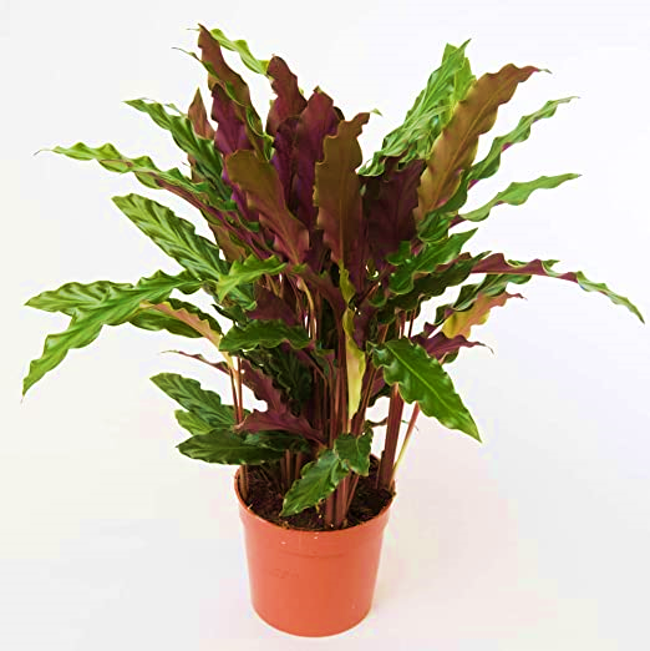
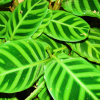
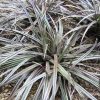
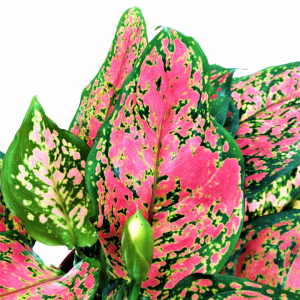
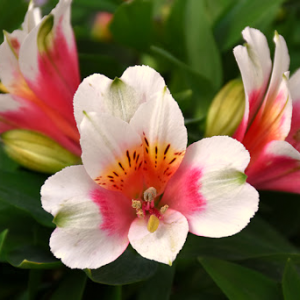
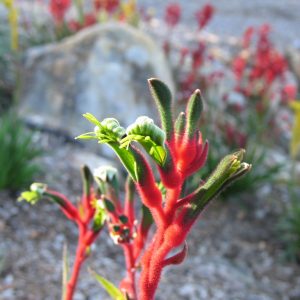
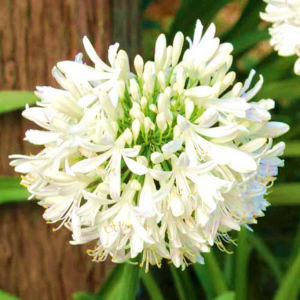
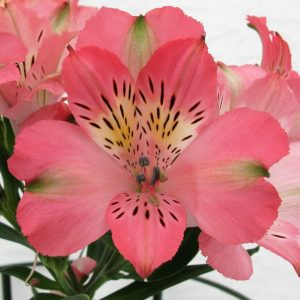
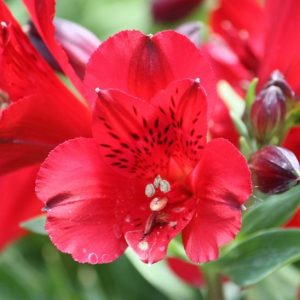
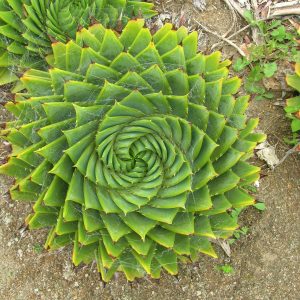
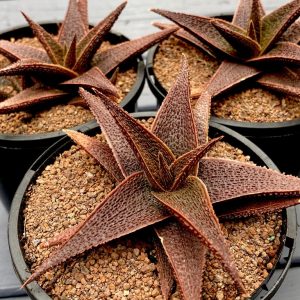
Reviews
There are no reviews yet.